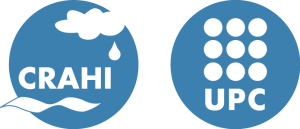Success Stories
Success Stories present real-life examples from CLIMAAX pilot sites and selected institutions that are implementing regional and local multi-risk Climate Risk Assessments using the CLIMAAX methodological framework. These stories offer insights into the application of the framework and risk workflows, highlight challenges encountered, and suggest potential improvements.
Discover the Success Stories below
In Their Own Words
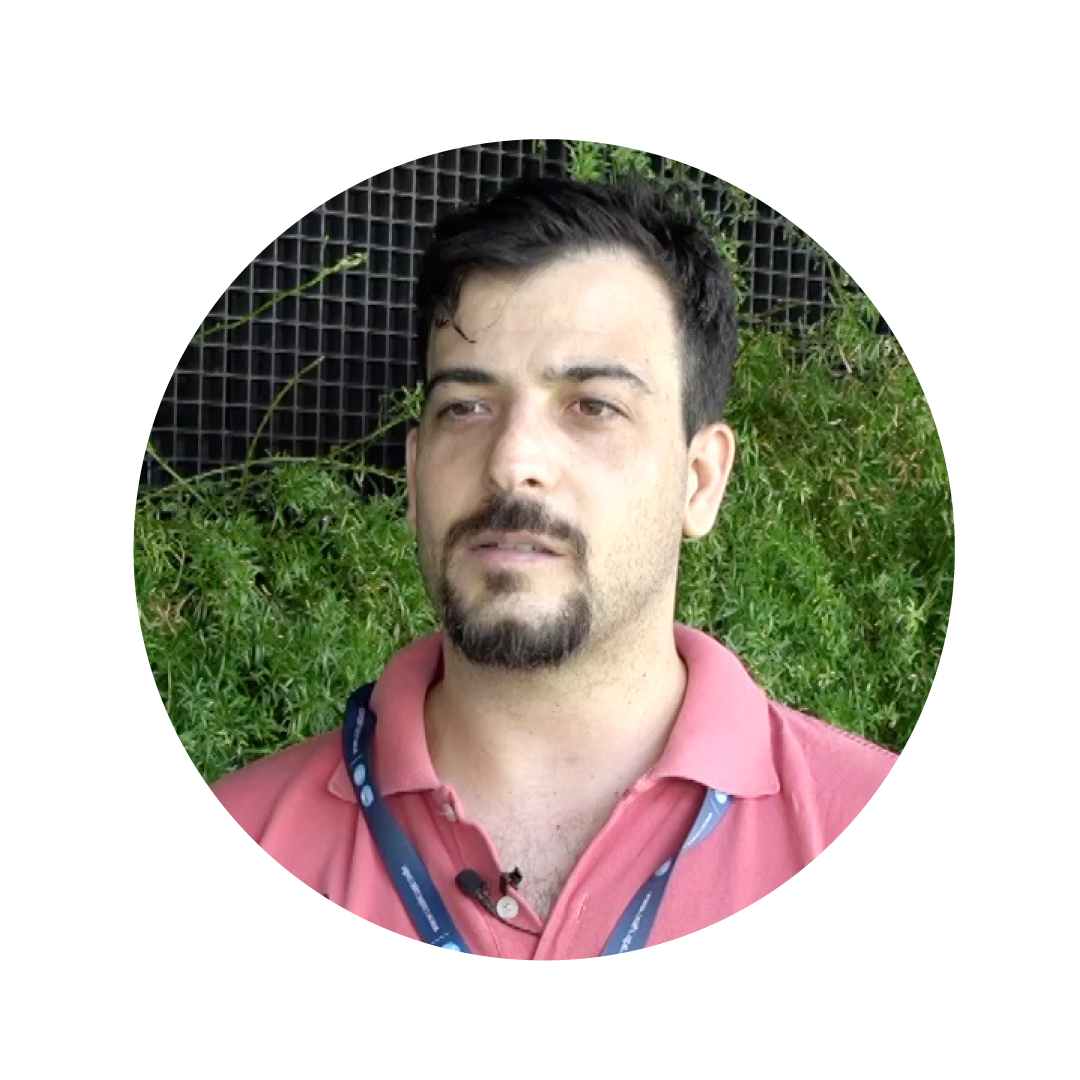
“One of the key lessons we have learned is the importance of using climate data from Copernicus. However, it is even more important to have high-resolution local data, so that areas like Aigaleo and other urban zones within large metropolitan cities can effectively address the challenges of climate change.”
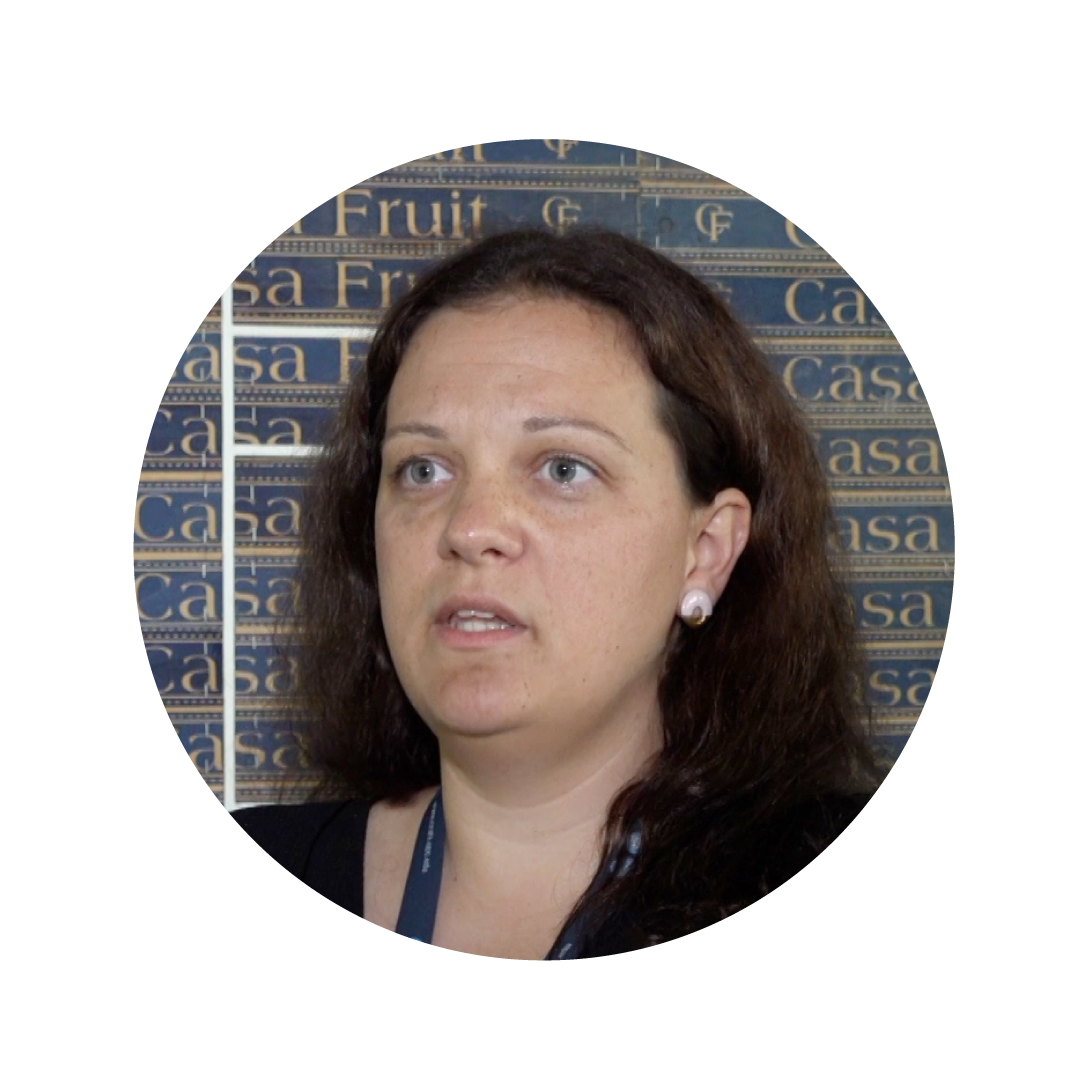
“We expect that CLIMAAX will help us prioritize investments in our region, as the current approach is rather ad hoc or poorly coordinated. We also want to optimize our intervention capacities in risk management, and we hope that these results will help us better understand the risks in our region and compare them with existing disaster risk management plans.”

“My area is heavily affected by heat stress, particularly in dairy farming. The CLIMAAX project helps us organize and strengthen our data to develop future scenarios that support adaptive dairy and crop production—crucial for breeders’ livelihoods, food security, and regional safety.”

“We use CLIMAAX as a source of information to create our master plan, through which we can identify investment priorities: where to invest in adaptation and where to invest in mitigation, as the data show us more localized areas where investments could fail in the coming years due to certain deficiencies or significant risks. This allows us, I would say, to target our investments in a much more data-driven way.”
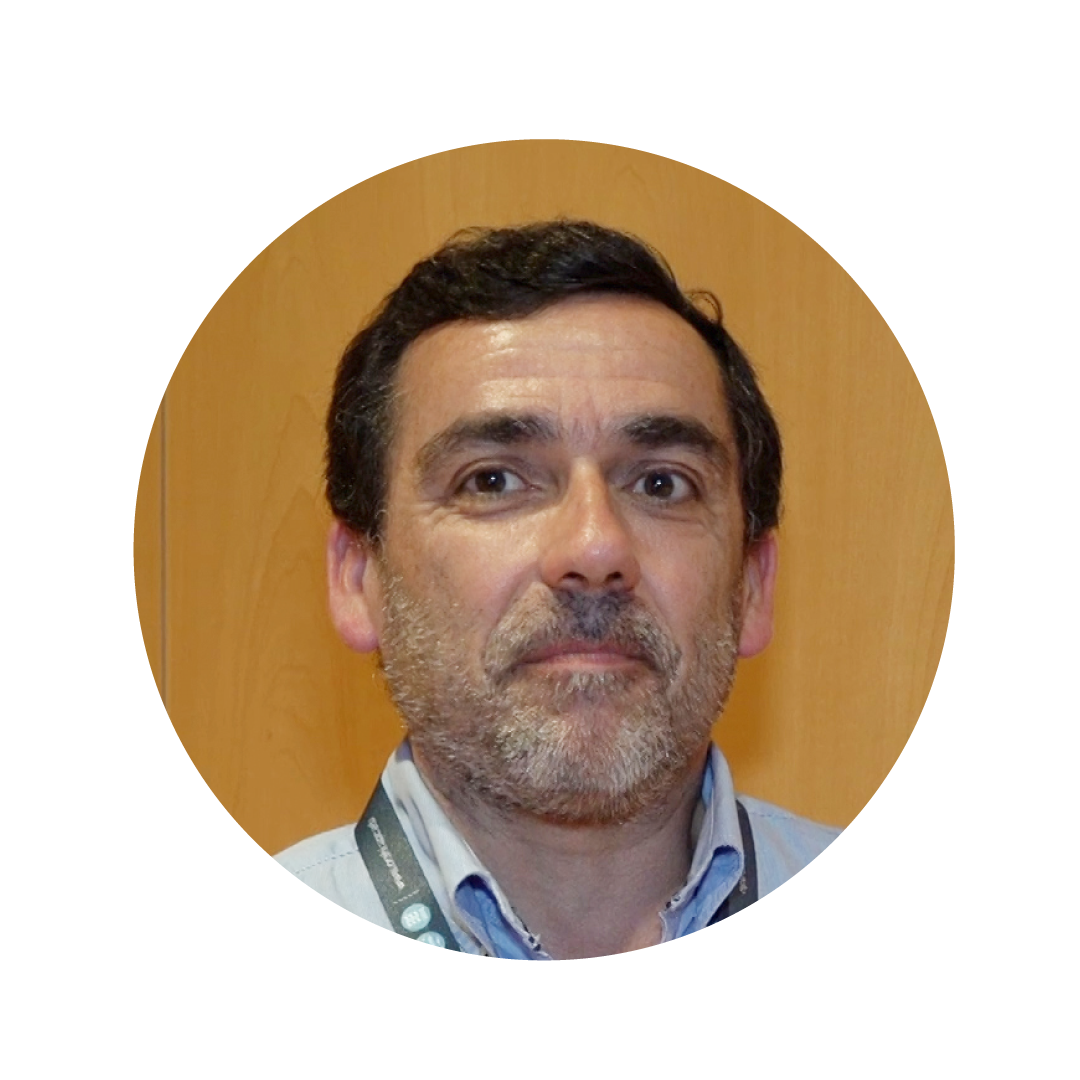
“In our region, we face three main challenges: agricultural drought, heat waves, and the consequences of forest fires. Therefore, we believe it is important to participate in CLIMAAX to assess the risk of these problems and thus have tools to mitigate and adapt our region to these climate changes.”
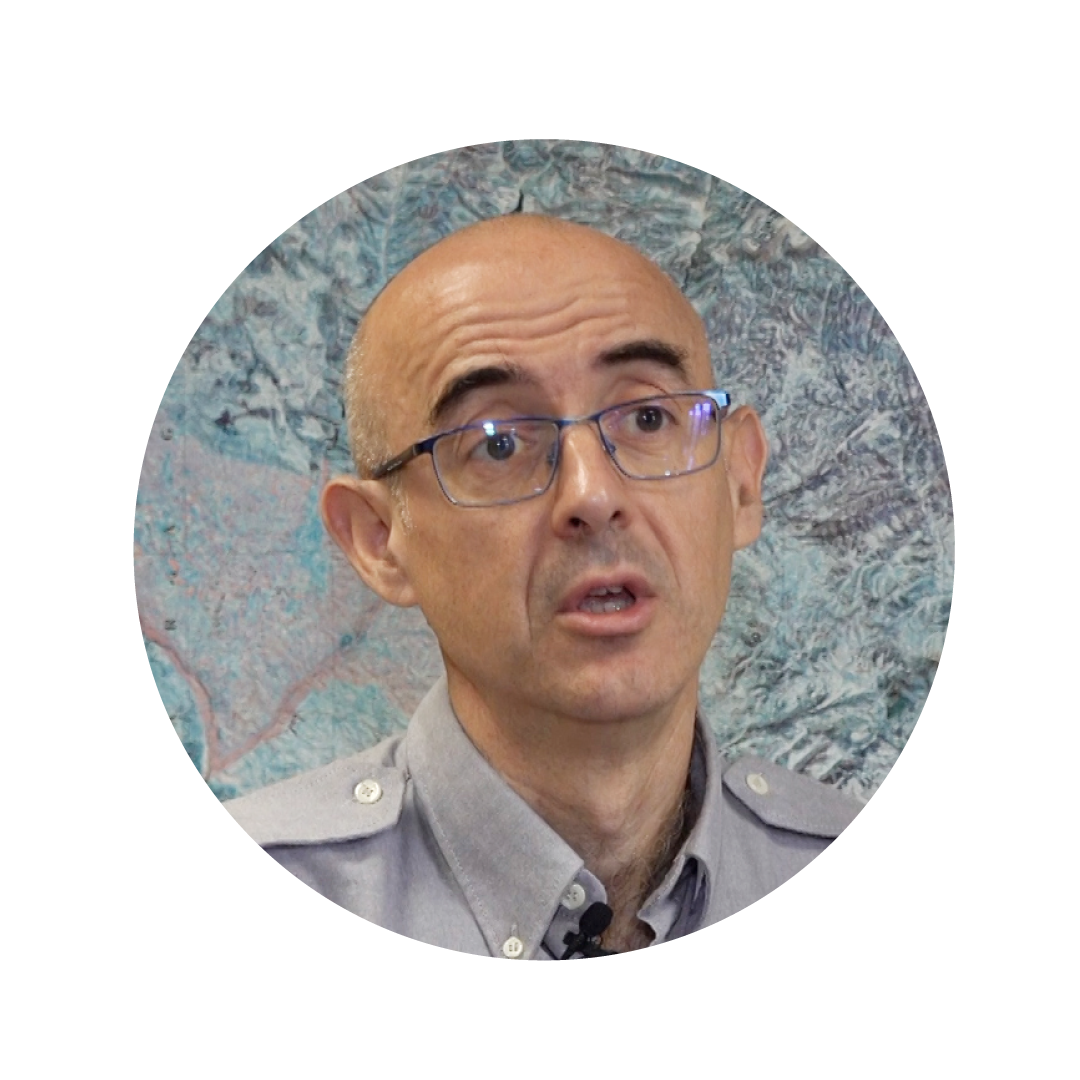
“The main challenge is trying to explain to the research organizations the needs of emergency response organizations, such as Civil Protection of Catalonia, and also, understand all the information that CLIMAAX is providing to us and translate it into practical mechanisms and emergency plans. This way, we can improve future preparedness.”
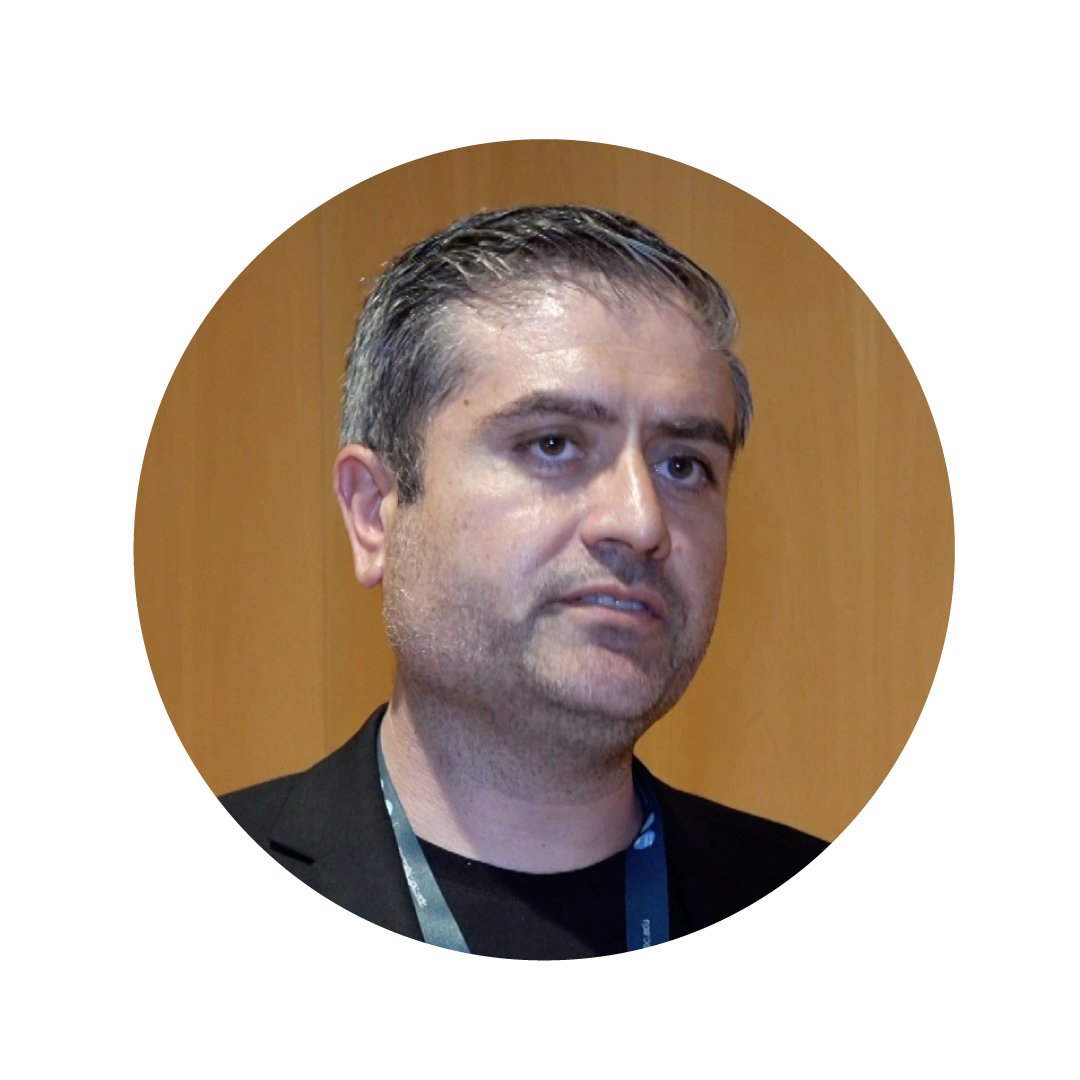
“Our main motivation for joining CLIMAAX was to improve our local climate risk assessments. We saw this project as an opportunity to access new tools, methods, and technical support. Our expectation was to better understand local vulnerabilities and strengthen adaptation planning.”

“CLIMAAX will be very useful to improve resilience in the territory, as the work on early warning systems and civil protection also leads to a stronger risk culture. This is what we aim to achieve — involving the regional level, municipal technicians, schools, and the population — because risk culture is a key element of territorial resilience.”
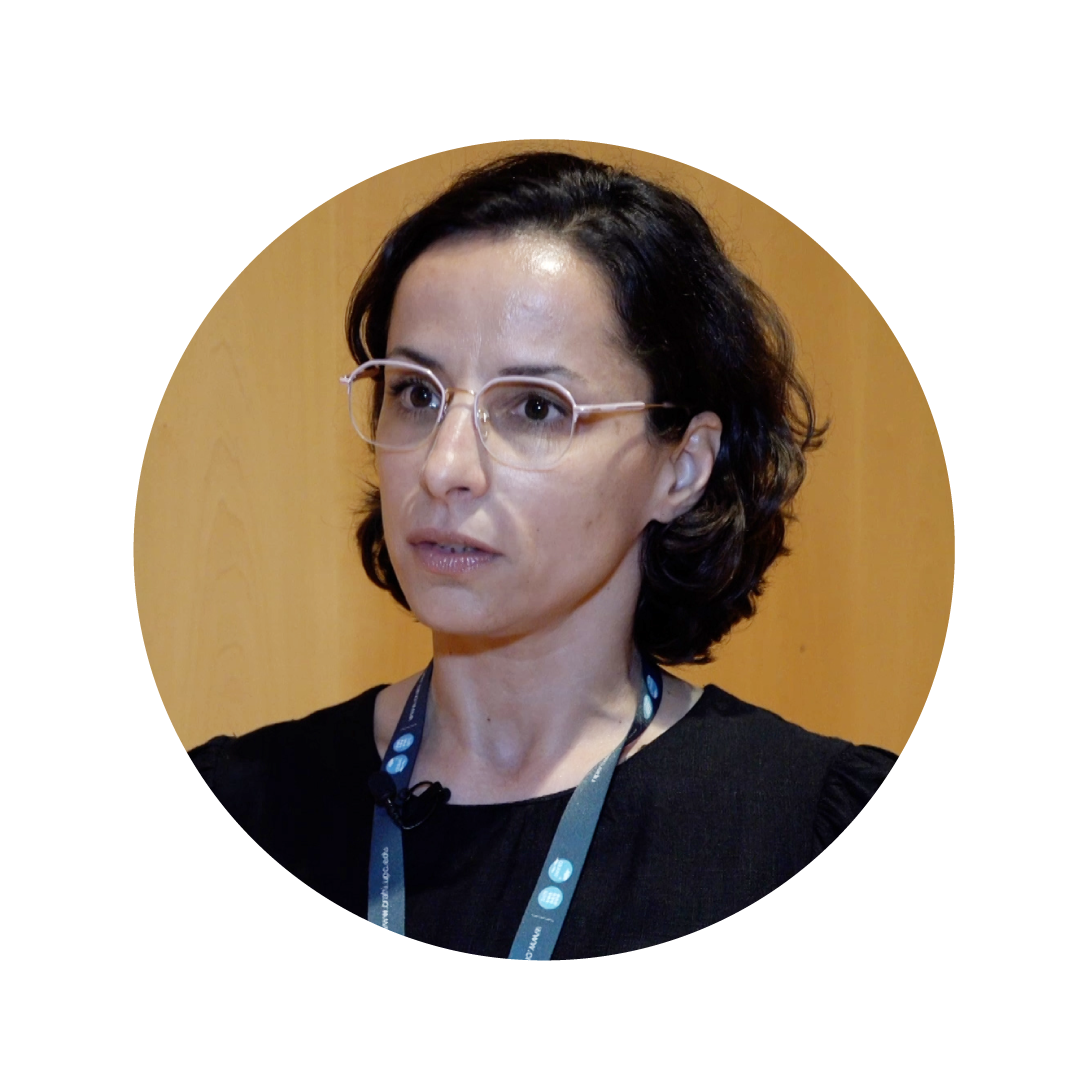
“The main challenges we have faced so far are related to limitations in the datasets available in the workflows. We plan to overcome these challenges in phase two by integrating local datasets with higher resolution, as well as local models and tools.”
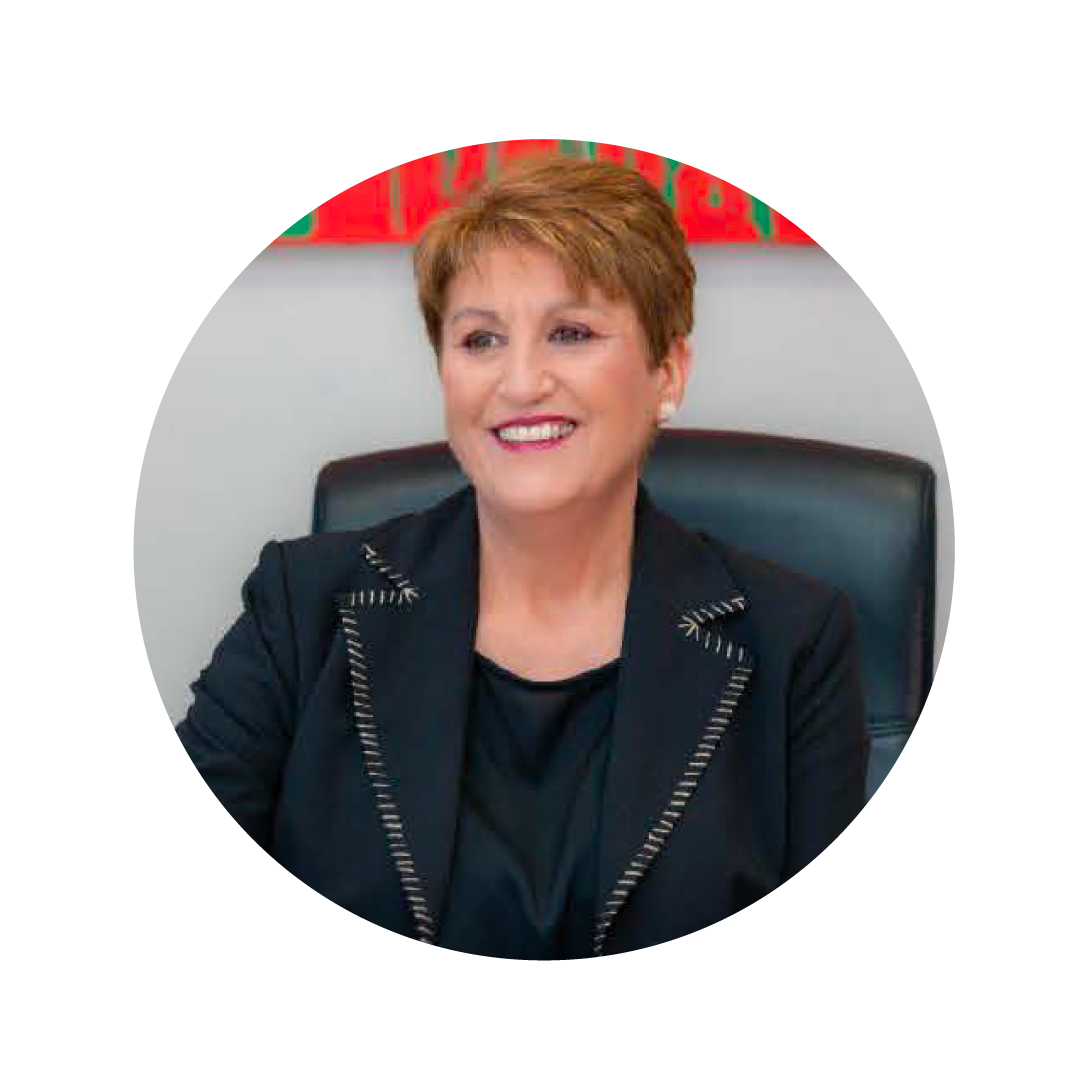
“CLIMAAX help us gain a deeper understanding of the climate risks we are exposed to, and take action in order to improve our regional climate and emergency risk management plans”.

“Before CLIMAAX, there was no framework or documents structuring climate risk, climate adaptation knowledge, and public policies. So CLIMAAX offers these opportunities to push this forward, by doing a climate risk assessment and linking it to public policy.”

“Réunion Island lies outside the standard European datasets. We’re a very small island in the tropics. We don’t have a continental climate, so we had to adapt the methodology and some things to our territory, to our environment — and that was maybe the most difficult part.”

